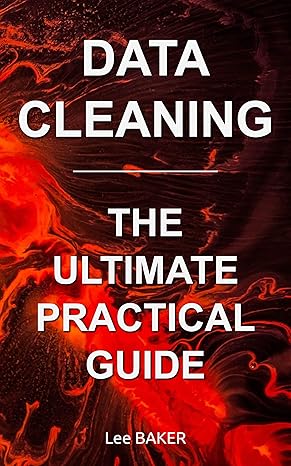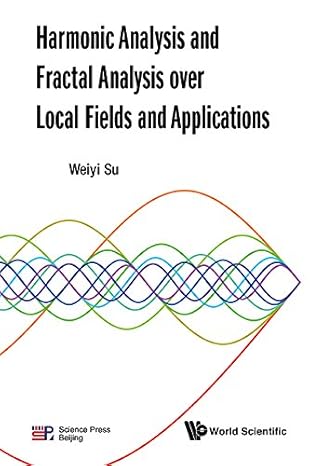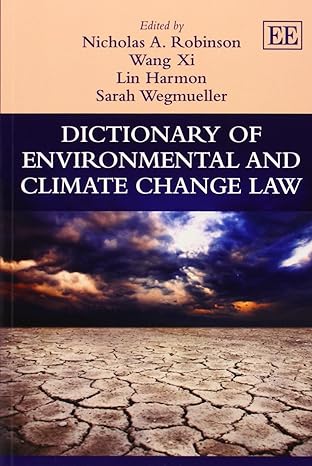For courses in oceanography.
Dive in to oceanography with trusted content and innovative media
As the bestselling brief book in the oceanography market, Essentials of Oceanography combines dynamic visuals and a student-friendly narrative to bring oceanography to life. The text’s engaging features and the extensive suite of animations and videos keep students interested and excited about the material.
The 13th Edition creates an interactive learning experience that provides tightly integrated text and digital offerings to make oceanography approachable and digestible for students. An emphasis on the process of science throughout the text provides students with an understanding of how scientists think and work. The new edition also helps students develop the scientific skill of practicing and interpreting data with new Exploring Data features supported by Mastering Oceanography coaching activities. A new Creature Feature provides fun facts about marine animals to engage students.
Also available with Mastering Oceanography
By combining trusted author content with digital tools and a flexible platform, Mastering personalizes the learning experience and improves results for each student.Built for, and directly tied to the text, Mastering Oceanography enables an extension of learning allowing students a platform to practice, learn, and apply outside of the classroom.
Note: You are purchasing a standalone product; Mastering Oceanography does not come packaged with this content. Students, if interested in purchasing this title with Mastering Oceanography, ask your instructor for the correct package ISBN and Course ID. Instructors, contact your Pearson representative for more information.
If you would like to purchase both the physical text and Mastering Oceanography search for:
0135185629/9780135185629 Essentials of Oceanography Plus Mastering Oceanography with Pearson eText -- Access Card Package, 13/e
Package consists of:
- 013489152X / 9780134891521 Essentials of Oceanography
- 0135175143 / 9780135175149 Mastering Oceanography with Pearson eText -- ValuePack Access Card -- for Essentials of Oceanography, 13/e
چکیده فارسی
برای دوره های اقیانوس شناسی.
با محتوای قابل اعتماد و رسانه های نوآورانه در اقیانوس شناسی شیرجه بزنید
بهعنوان پرفروشترین کتاب مختصر در بازار اقیانوسشناسی، Essentials of Oceanography ترکیبی از تصاویر پویا و یک روایت دانشجویی پسند برای جان بخشیدن به اقیانوسشناسی است. ویژگیهای جذاب متن و مجموعه گسترده انیمیشنها و ویدیوها، دانشآموزان را نسبت به مطالب علاقمند و هیجانزده نگه میدارد.
نسخه سیزدهمیک تجربه یادگیری تعاملی ایجاد میکند که متن و پیشنهادات دیجیتالی کاملاً یکپارچهای را ارائه میکند تا اقیانوسشناسی را برای دانشآموزان قابل دسترس و قابل هضم کند. تاکید بر روند علم در سراسر متن به دانش آموزان درکی از نحوه تفکر و کار دانشمندان می دهد. نسخه جدید همچنین به دانش آموزان کمک می کند تا مهارت های علمی تمرین و تفسیر داده ها را با ویژگی های جدید Exploring Data که توسط فعالیت های مربیگری Mastering Oceanography پشتیبانی می شود، توسعه دهند. ویژگی مخلوق جدید حقایق سرگرم کننده ای در مورد حیوانات دریایی برای جذب دانش آموزان ارائه می دهد.
همچنین با Mastering Oceanography موجود است
با ترکیب محتوای نویسنده قابل اعتماد با ابزارهای دیجیتال و یک پلتفرم انعطافپذیر، Mastering تجربه یادگیری را شخصیسازی میکند و نتایج را برای هر دانشآموز بهبود میبخشد. Mastering Oceanography که برای متن ساخته شده و مستقیماً با آن مرتبط است، گسترش یادگیری را امکانپذیر میکند و به دانشآموز اجازه میدهد تا یک پلتفرم تمرین کنید، یاد بگیرید، و در خارج از کلاس استفاده کنید.
توجه: شما در حال خرید یک محصول مستقل هستید. تسلط بر اقیانوس شناسی با این محتوا همراه نیست. دانشجویانی که علاقه مند به خرید این عنوان با Mastering Oceanography هستند، از استاد خود ISBN و Course ID صحیح را بخواهند. مربیان، برای اطلاعات بیشتر با نماینده Pearson خود تماس بگیرید.
اگر میخواهید هم متن فیزیکی و هم Mastering Oceanography را بخرید، عبارت:
را جستجو کنید
0135185629/9780135185629 ضرورت های Oceanography Plus تسلط بر اقیانوس شناسی با Pearson eText -- بسته کارت دسترسی، 13/e
بسته شامل موارد زیر است:
- 013489152X / 9780134891521 ضرورت های اقیانوس شناسی
- 0135175143 / 9780135175149 تسلط بر اقیانوس شناسی با Pearson eText -- کارت دسترسی ValuePack -- for Essentials of Oceanography, 13/e
ادامه ...
بستن ...
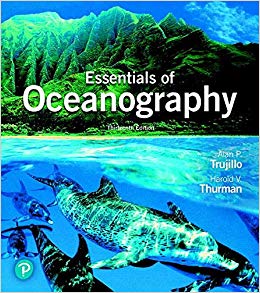
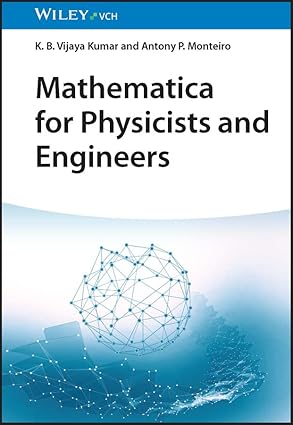



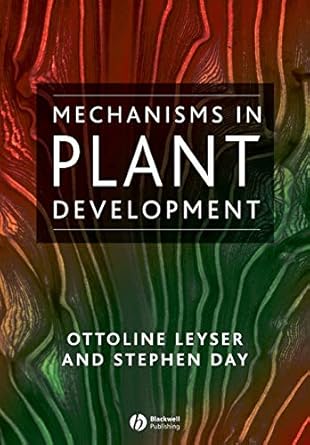
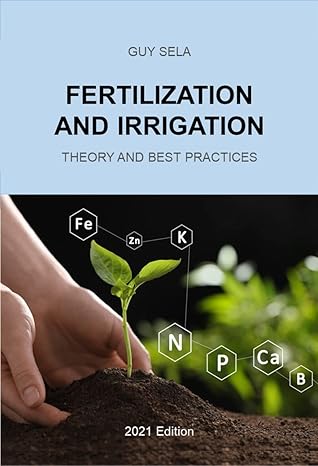
![[Soultion Manual] Statistics for Management and Economics (11th Edition) - Word [Soultion Manual] Statistics for Management and Economics (11th Edition) - Word](https://dl.libsan.ir/images/1/12/61JGRNKwfUL._SY466__66fd1fc169714.jpg)
